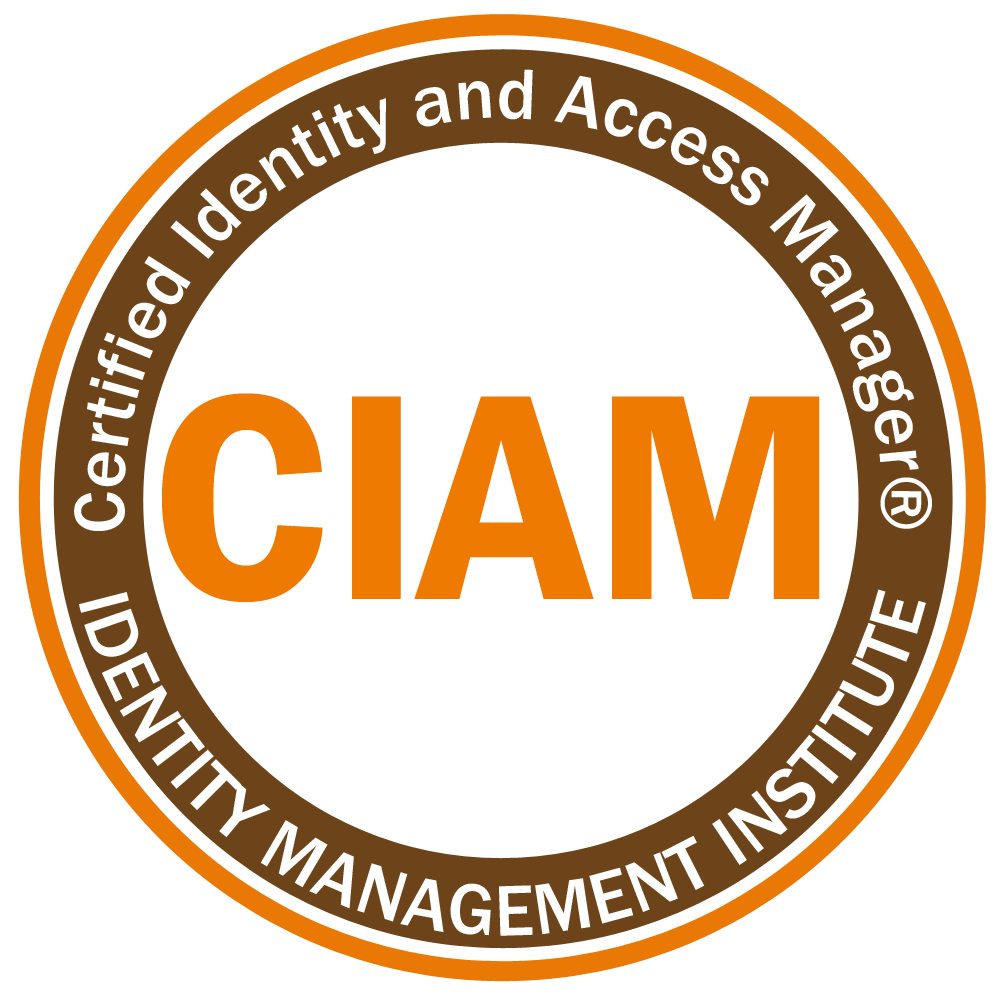Policies and Procedures

The policies and procedures of any organization are the set of risk management documents that inform internal and external parties regarding specific rules of the company and how they should be complied with. These set of communicated rules and processes are even more important in areas where a) many parties must understand and follow the same rules and procedures, and b) a company must comply with regulations.
Typically, policies and procedures are developed to manage certain aspects of business risks and one of the major benefits of such documents is to provide direction or guidance and operational consistency especially when various people and business groups must follow the same rules and procedures. Without such guidance, there would be:
a) chaos within any organization as each task will be performed differently and not always leading to compliance with internal rules,
b) higher risk of non-compliance with external requirements such as Federal and State laws and regulations,
c) inefficient and costly operations as some may take the longer and most expensive route of accomplishing stated tasks,
d) ineffective processes may not always lead to desired results, and
e) numerous control gaps may exist leaving major risks unmitigated.
For policies and procedures to be effective, there are some criteria that must be considered when developing such documents:
1- The rules and procedures must be formally documented. Policies are the rules and the procedures define how specific tasks must be performed to be effective, efficient, and in accordance with the policies.
2- The documents must be formally reviewed, accepted and approved by all relevant parties.
3- Management must clearly explain and justify the rules. Without a good business justification, individuals may not fully support and implement management directives.
4- The documents must clearly state the relevant parties who must be concerned with the specific documents, in other words, who are the documents for.
5- The scope of the documents must be clearly stated to indicate what areas of operations it is addressing.
6- The documents must be easy to understand by employees and others. As such, they must be concise and simple. Without a common understanding of the rules and procedures, inconsistent tasks will lead to undesired results.
7- The policies and procedures must be easily accessible by all appropriate persons at all times.
8- They must be regularly communicated to all relevant individuals.
9- Documents must be periodically reviewed and updated to support the organization's strategy.
10- Training must be occasionally provided to appropriate employees to ensure policies are understood and procedures will be followed.
Read other business articles after "policies and procedures".






